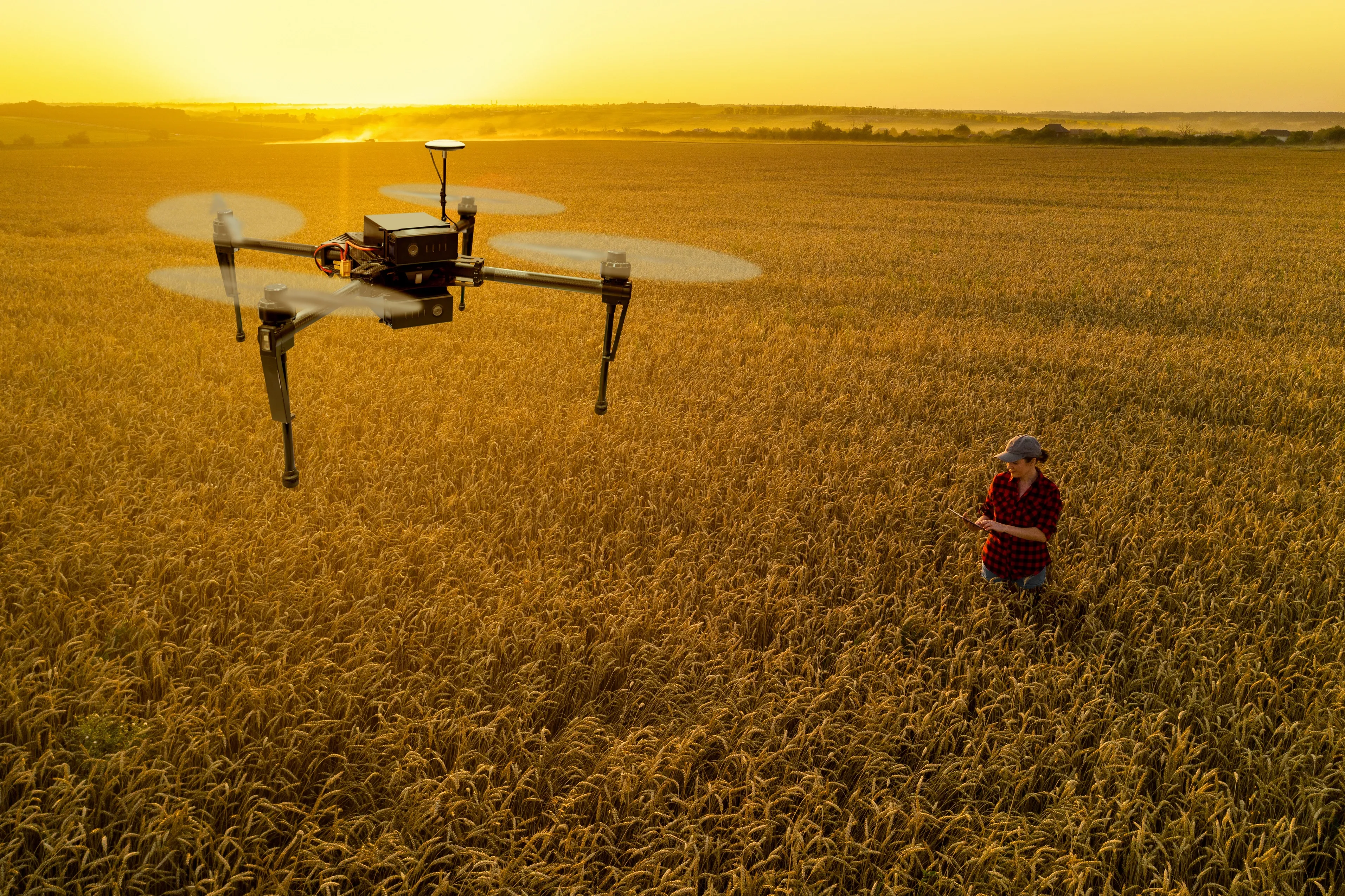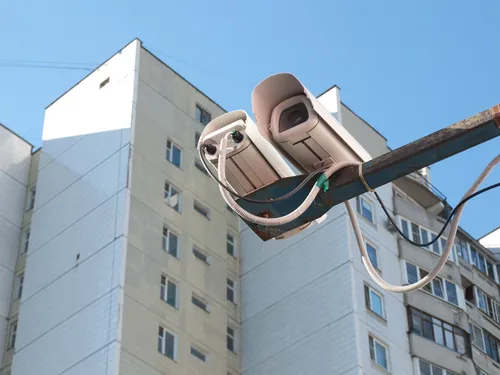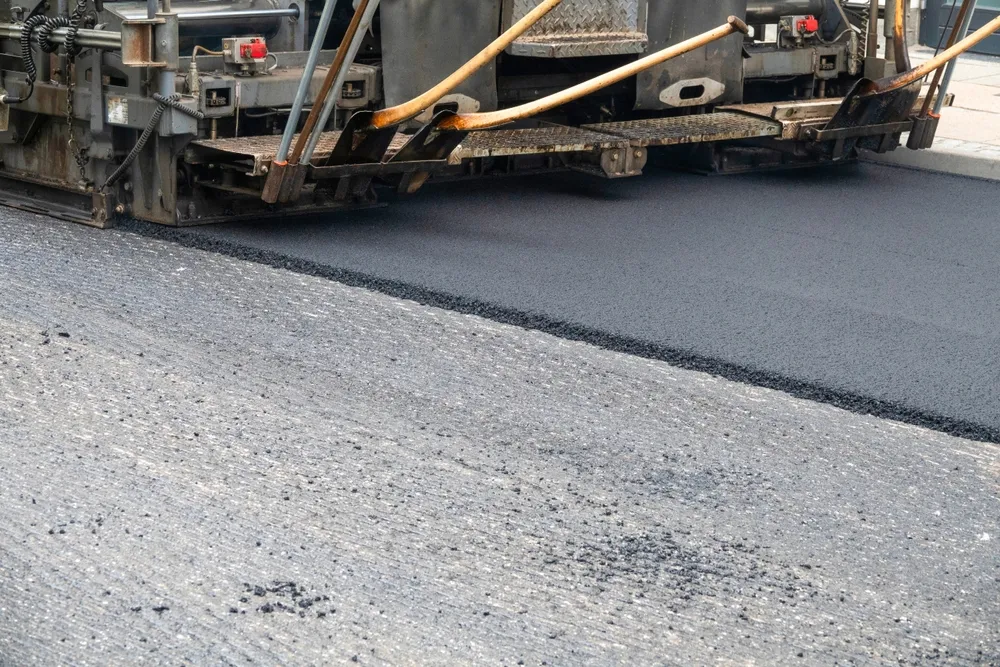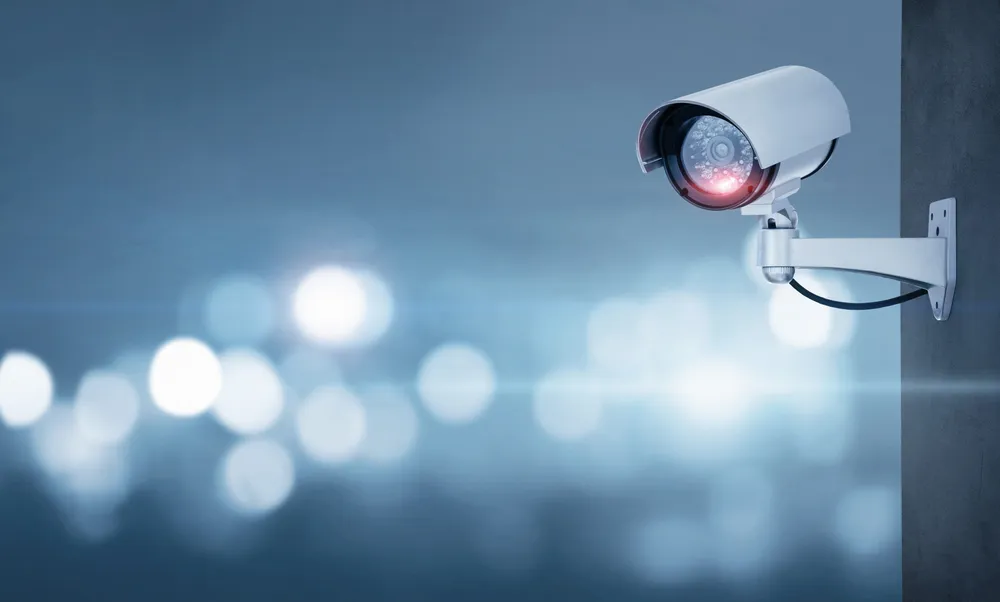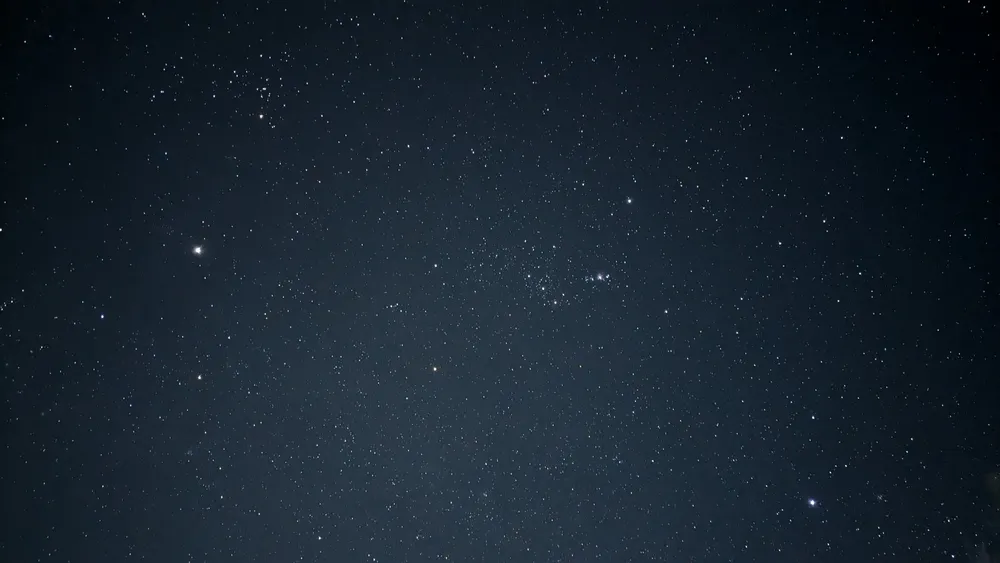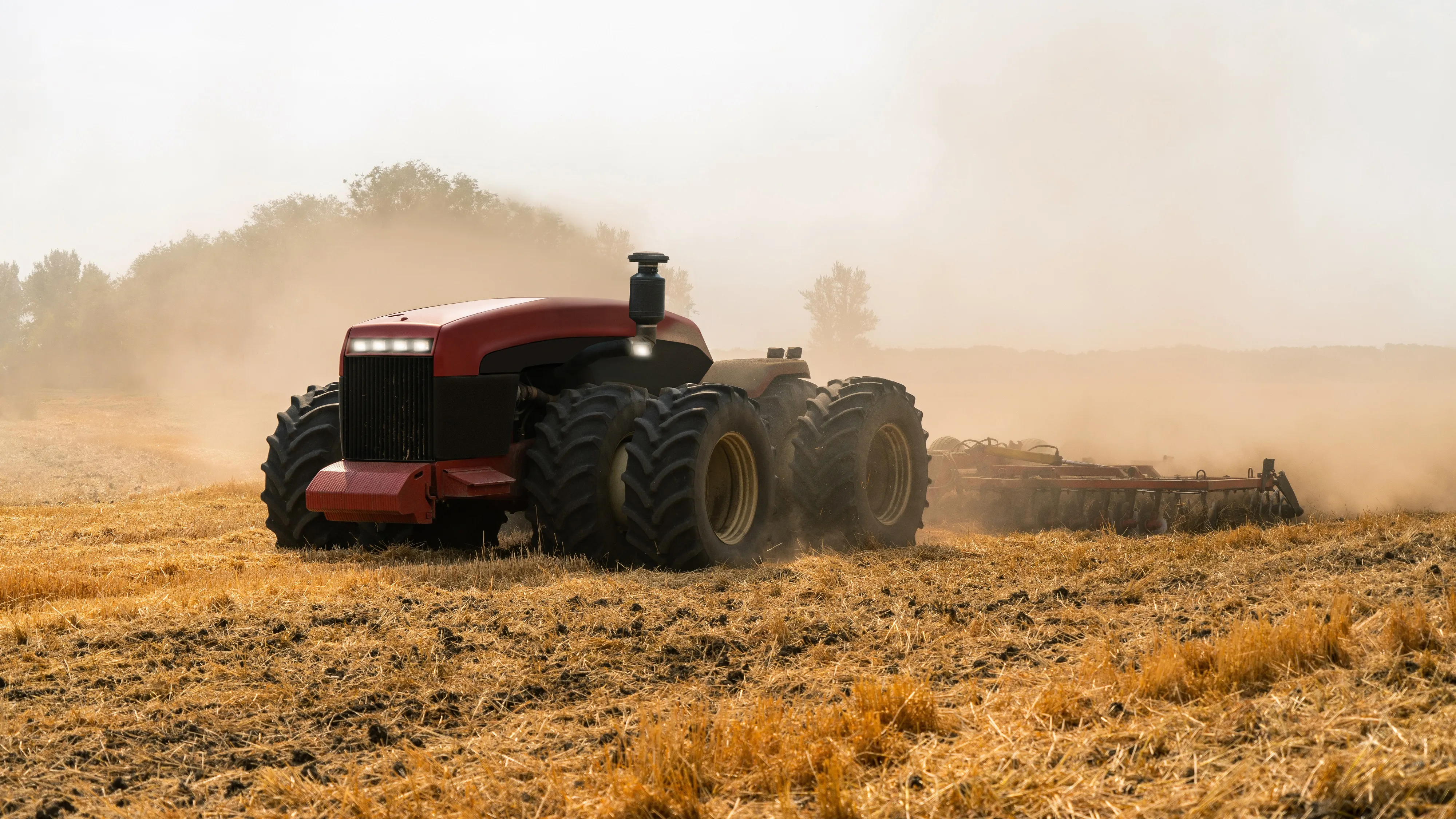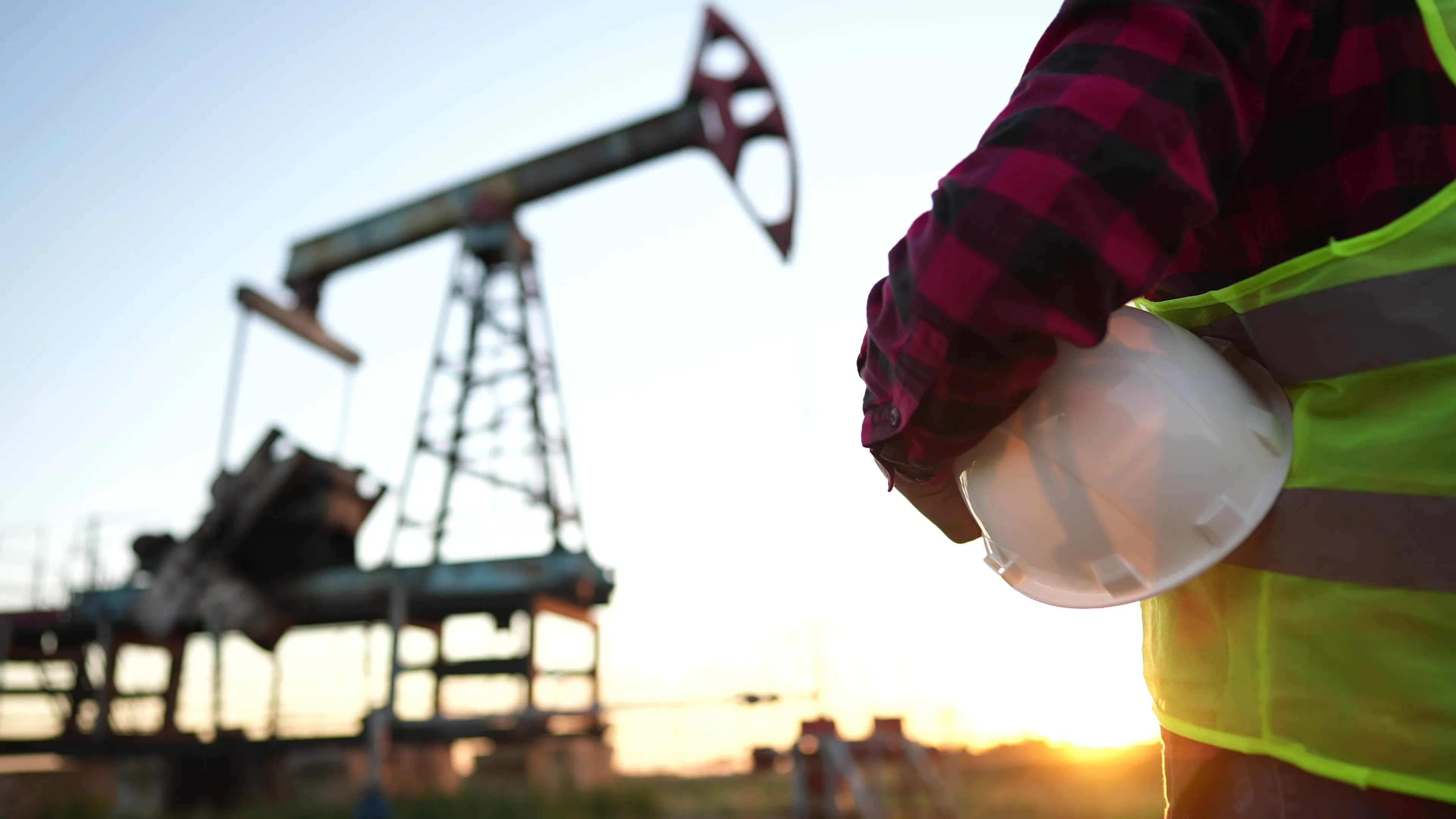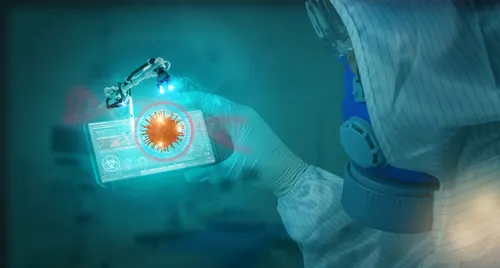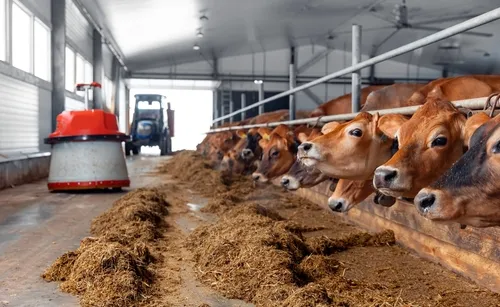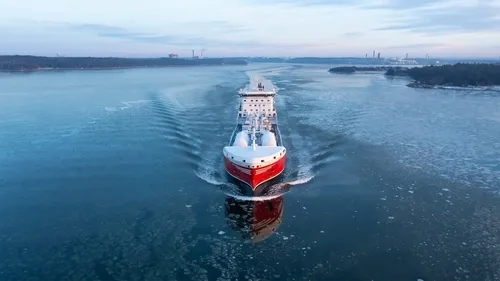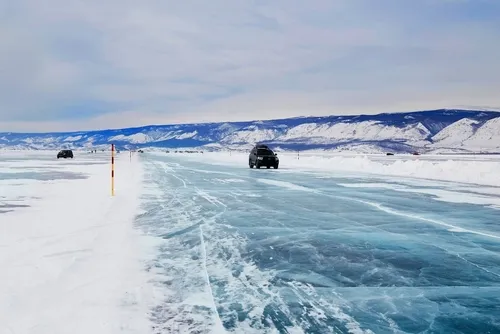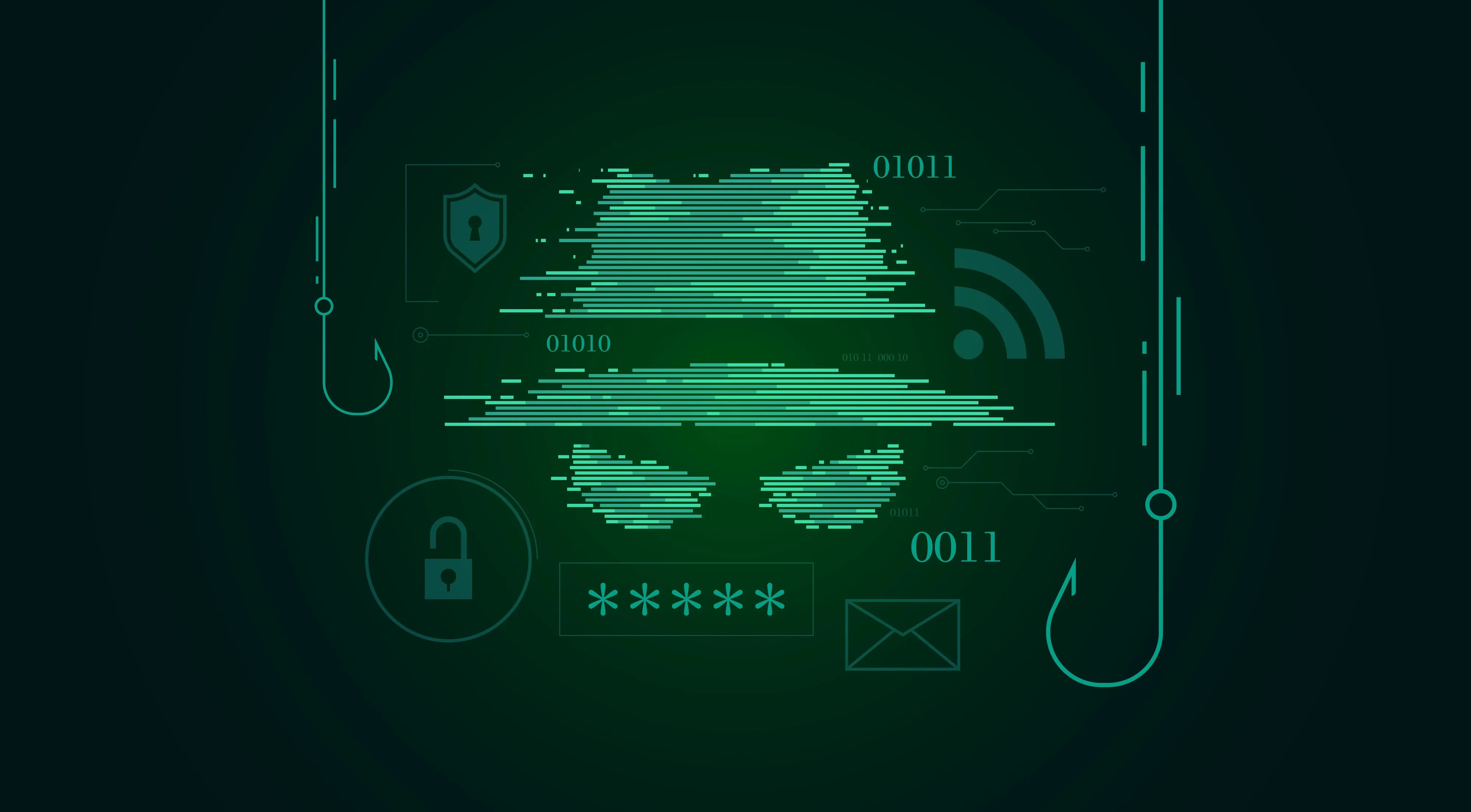Russia’s AI-Powered Cameras Are Hunting Wildfires Before They Spread
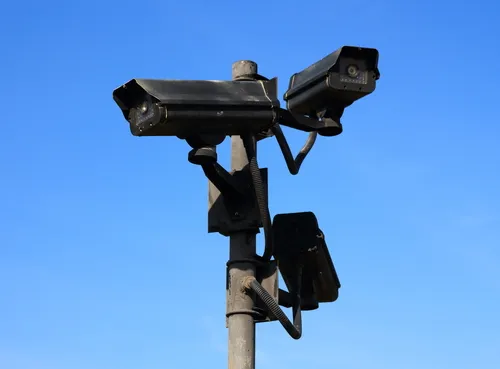
With a mix of smart surveillance, satellites, and neural networks, Russia is turning its forests into a high-tech fire detection grid—with global ambitions
In the heart of Russia’s forests, smoke no longer rises unnoticed. Across the Nizhny Novgorod region, surveillance cameras equipped with artificial intelligence are detecting signs of wildfire in real time. Mounted on cellular towers and scanning the landscape with 360-degree vision, these high-tech watchers are transforming how the country fights fires.
“These cameras can cover up to 20 kilometers and detect even the faintest trail of smoke,” says Alexander Korepanov, head of forest protection at the Nizhny Novgorod City Forestry Department. “They’re connected to the Lesookhranitel system, which uses neural networks to analyze video frames and automatically flag any signs of ignition. Once something is detected, it goes straight to the dispatcher’s desk.”
But the ground-level hardware is only part of the equation. Russia’s wildfire detection strategy also includes satellite-based heat monitoring. Using infrared data, satellites track surface temperature spikes and map them in real time—building a picture of emerging fire zones before they spiral out of control.
From Karelia to Sakhalin, from Irkutsk to Yakutia, this hybrid system of AI, drones, and satellite tech is already deployed across Russia’s vast terrain. Drones are dispatched to investigate and measure the spread of fire, while algorithms refine their ability to differentiate between real threats and false alarms.
And Russia’s tech is going global. The country’s neural network systems are now being considered for deployment in Argentina, where forest and urban wildfires have become an increasingly dangerous and frequent phenomenon.
In a world where climate change is rewriting the rules of fire season, Russia’s approach may not just be a national safeguard—it could become a model for international wildfire resilience.








